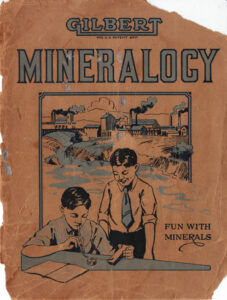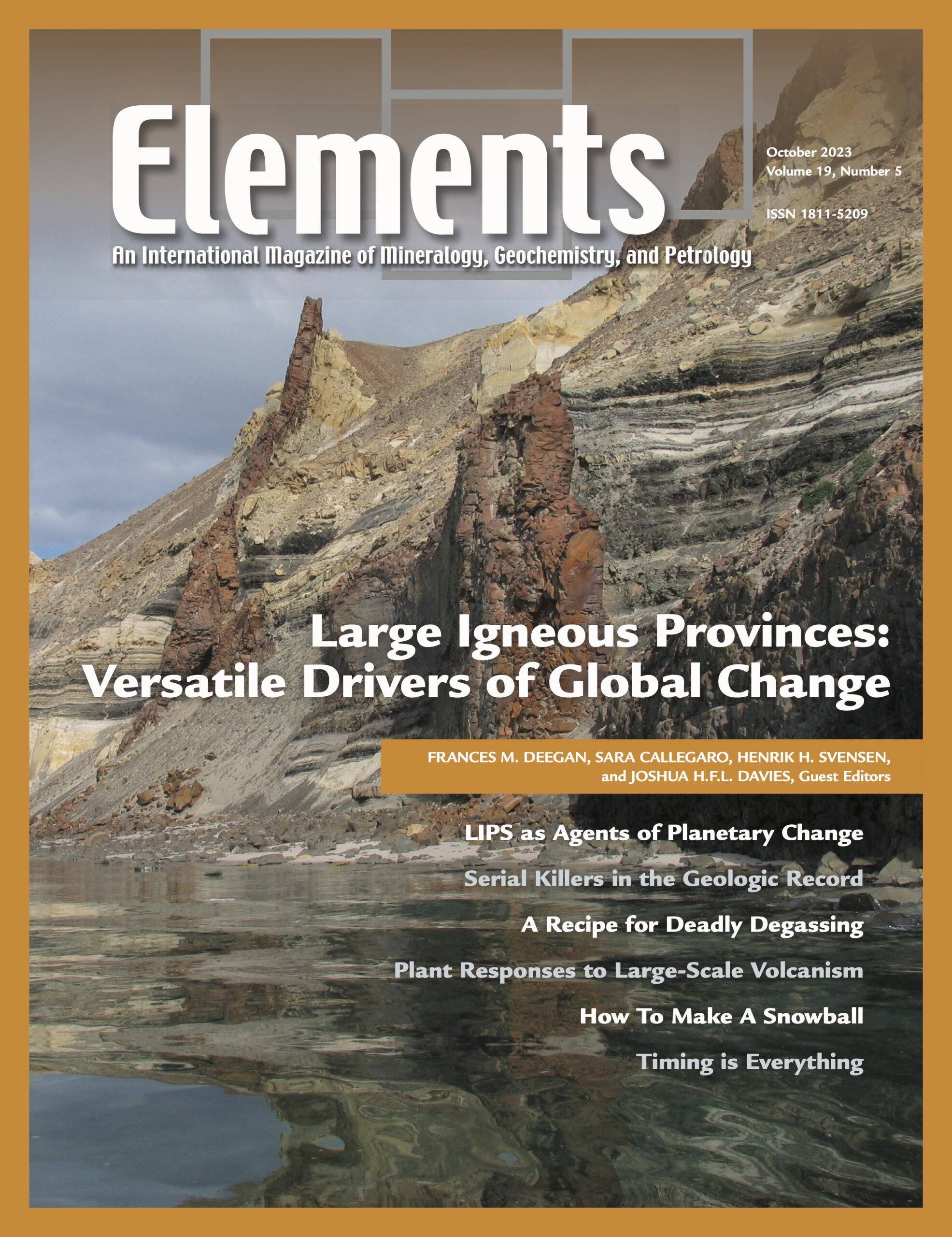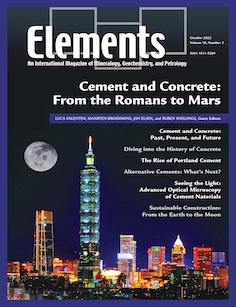Mineralogy Matters
Mineralogy Matters is a series of articles highlighting where mineralogy (broadly defined) is of fundamental importance to understanding an issue or problem in topic areas ranging from Earth resources to the global environment.
Proposals for future articles are welcome and should be sent to the Elements Executive Editor, or to the Series Editor, David Vaughan, at david.vaughan@manchester.ac.uk.

INDUSTRY 4.0—IN THE MIDDLE OF THE TRANSFORMATION
By Uwe König | October, 2023

Did you know that the manufacturing of most metals is impossible without mineralogical analysis? Minerals are fundamental to our lives and have been mined for at least 40,000 years. When I collected my first mineral, it was the beauty of nature that fascinated me. Later as student, I discovered the importance and value that applied mineralogy has for the manufacturing of most commodities that are needed in all parts of daily life. Just recently while visiting Brazil, it became obvious how much mineralogy matters to create a sustainable future of the planet. I discussed with several mining companies how to implement mineral monitoring in up- and downstream mineral processing. Iron ore mines, for instance, must separate unwanted minerals to consistently produce high-quality ores. This process requires energy and creates tailings. Mineralogy matters to minimize both as much as possible. Another company had developed a procedure to manufacture cement from iron ore tailings, and a niobium–tantalum mine had started to extract lithium from material that was formerly deemed mine waste. A circular economy— from waste to new raw material—is already playing and will continue to play an important role for the extraction of metals from the Earth in a sustainable way.
Cements Around the Ancient World: Holding it Together Since the Dawn of Lime
By Isabel F. Barton | October, 2022

How to form blocks into a durable structure was a dilemma that confronted our ancestors almost as soon as they decided to settle in one place. Getting the blocks was laborious but simple; if there were no stones around to quarry and dress, a sun-dried or baked mix of mud and straw could make a decent brick. But putting these blocks together into a wall that could withstand time and the elements? That took one of two things: money, or lime.
From Mexico to Mycenae, the wealthiest could afford to have teams of masons cut and dress stones and fit them together like a jigsaw puzzle. Not even a knife blade could slide between the cracks of this Cyclopean or megalithic (sometimes called drystone) construction.

